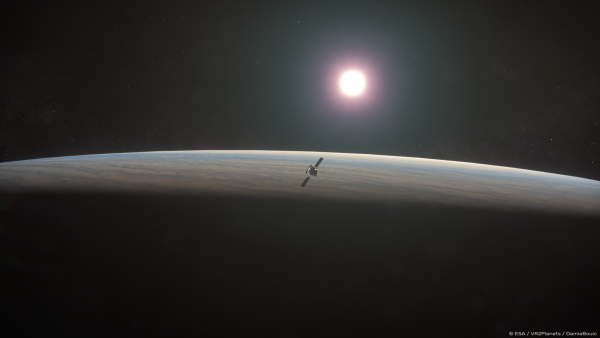
EnVision is a Venus mission by the ESA designed to provide a comprehensive overview of the planet, from its internal structure to its upper atmosphere. It was selected as the final candidate in ESA's Cosmic Vision M5 Call on June 10, 2021, and is expected to launch to Venus at the end of 2031. EnVision is set to reach Venus after a 15-month journey, entering an additional 15-month aerobraking phase to gradually reach its nominal orbit. The planned orbit has a period of approximately 94 minutes, with periapsis heights ranging from 220 km to 540 km.
Many questions about Venus remain unanswered. Despite being our neighboring planet, having roughly the same size and similar internal density as Earth, Venus has evolved into a 'hellish' world with surface temperatures around 465°C and a pressure of 95 bar. Additionally, Venus is shrouded in dense sulfuric acid clouds. So, where did Venus go wrong, and what can we learn from Venus about possible terrestrial exoplanets?
Alongside the two NASA-selected Venus missions, VERITAS (Venus Emissivity, Radio Science, InSAR, Topography, and Spectroscopy) and DAVINCI+ (Deep Atmosphere Venus Investigation of Noble gases, Chemistry, and Imaging), EnVision allows for comprehensive exploration of Venus. This follows the successful work of Venus Express (2006-2014) and JAXA's Venus Mission Akatsuki (since 2015), building on previous missions such as Venera, Mariner, Pioneer Venus, and Magellan.
The Rhenish Institute for Environmental Research is involved in EnVision through the Radio Science Experiment (RSE), led by Prof. C. Dumoulin from the University of Nantes, France. This experiment consists of two components: one determining the gravity field of Venus and the other conducting a radio occultation experiment to study the atmosphere of Venus.